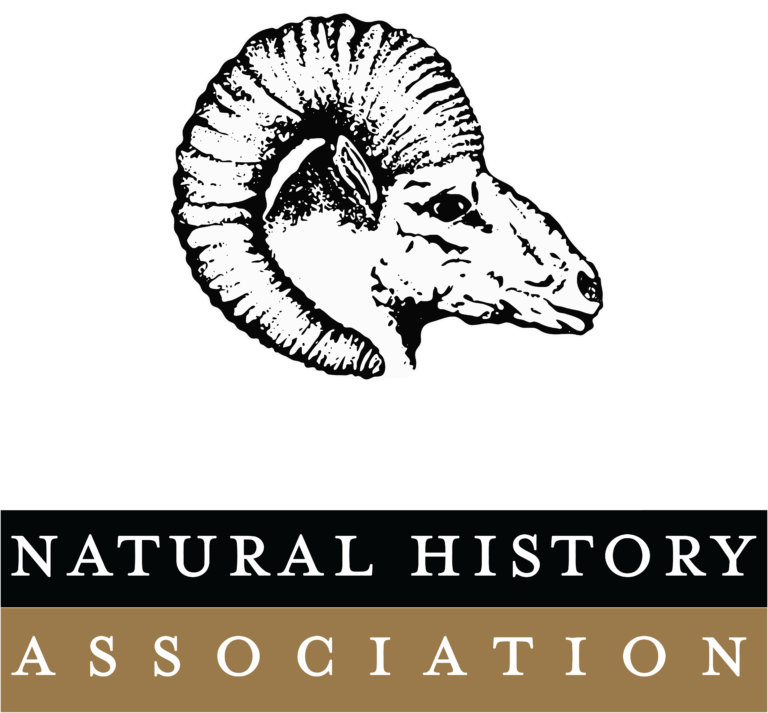Death Valley's Rich Cultural History
The Death Valley region has a rich cultural history with many traditions and customs that reflect life's unique challenges and opportunities in the harsh desert environment. The natural environment, industry and tourism development, and diverse groups of people have shaped the traditions of the Death Valley area.
Check out some of these traditions seen here!
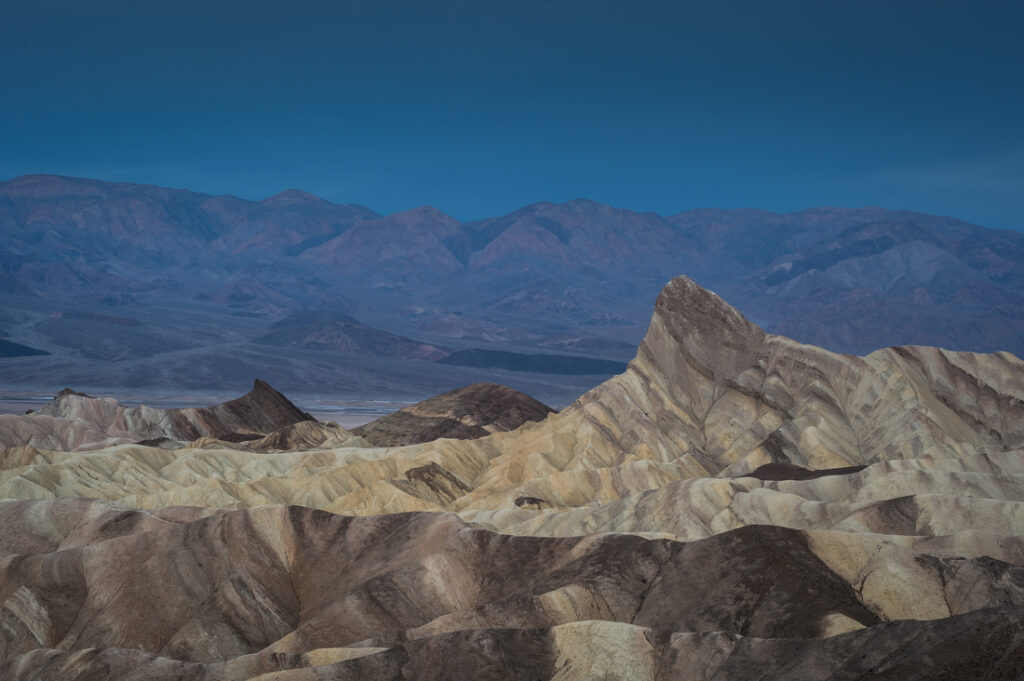
NATIVE AMERICAN TRADITIONS
The region has been inhabited by Native American tribes for thousands of years, including the Timbisha Shoshone people. These tribes have their own unique traditions and customs related to hunting, fishing, and gathering, as well as spiritual beliefs associated with the natural world. To learn more, visit the Did you know? webpage!
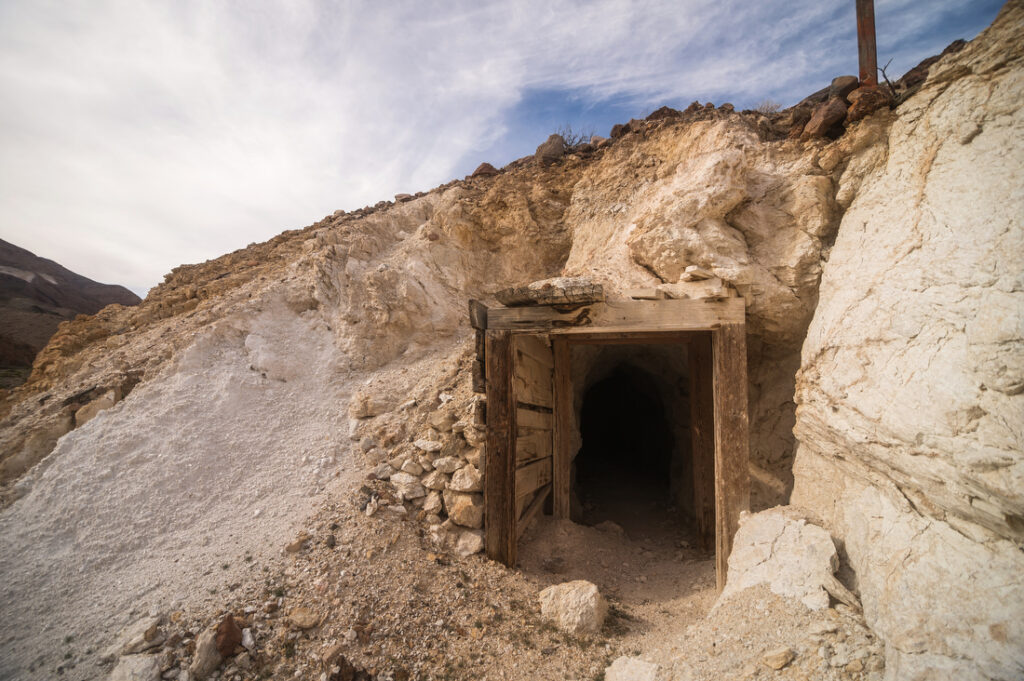
MINING TRADITIONS
The region was home to a major mining boom in the late 1800s and early 1900s, which brought many people to the area to mine for gold, silver, and other minerals. The miners had their traditions and customs related to mining, including those related to using equipment and tools, developing mining camps, and creating mining towns. To learn more about mining, visit our Information & Trip Planning webpages. Two especially good resources are the Mining in Death Valley page and the Mining Tour page!
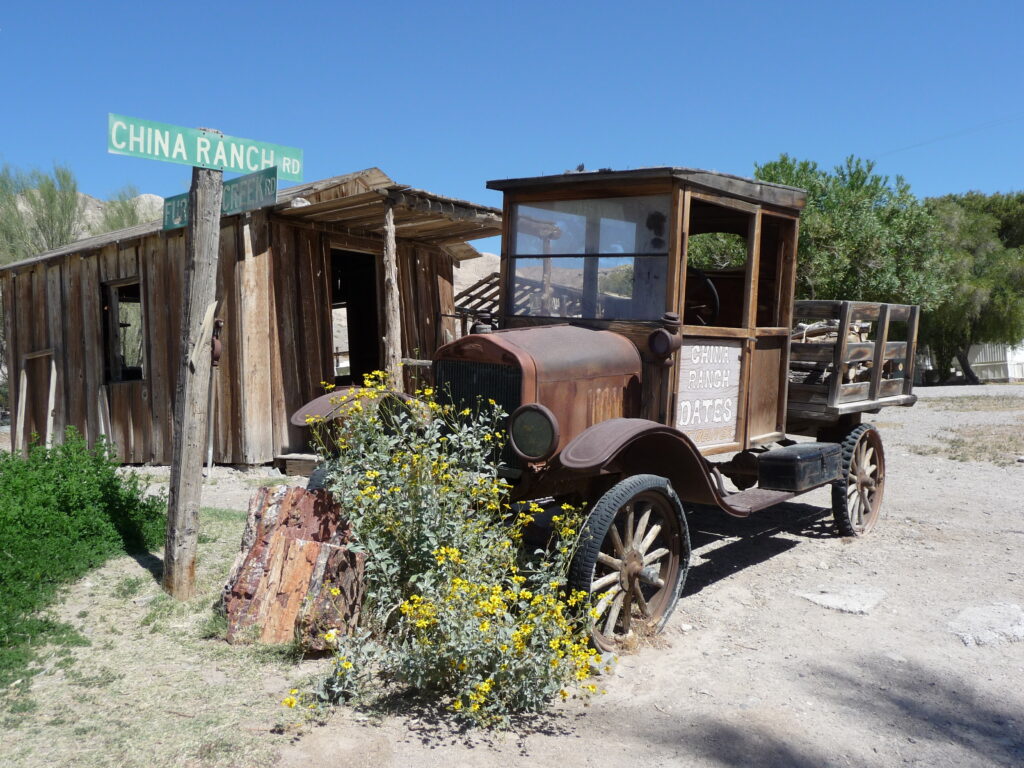
RANCHING TRADITIONS
Ranching has been a significant part of the region’s history, with many families raising livestock and crops in the harsh desert environment. These families have their own traditions and customs related to ranching, including using irrigation systems, developing livestock breeds adapted to the desert environment, and creating community events and celebrations.
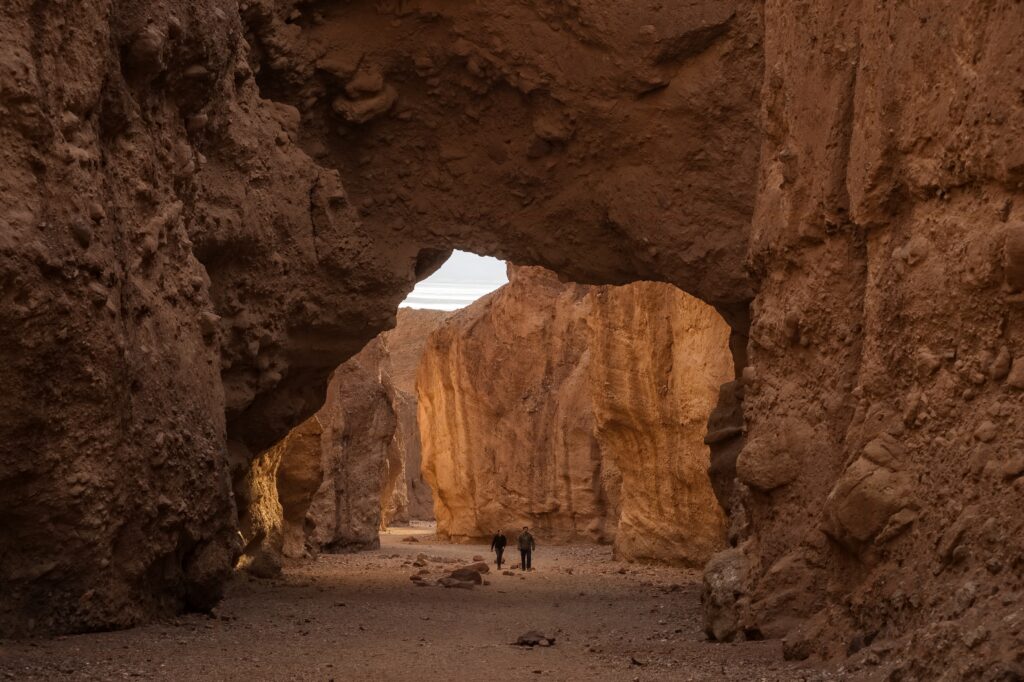
TOURIST
TRADITIONS
With the establishment of Death Valley National Park, tourism has become an essential piece of the region’s economy. Tourists have their own traditions and customs related to visiting the park, including hiking, camping, sightseeing, and participating in park-sponsored events and programs. To learn more, visit our Information and Trip Planning webpages!
